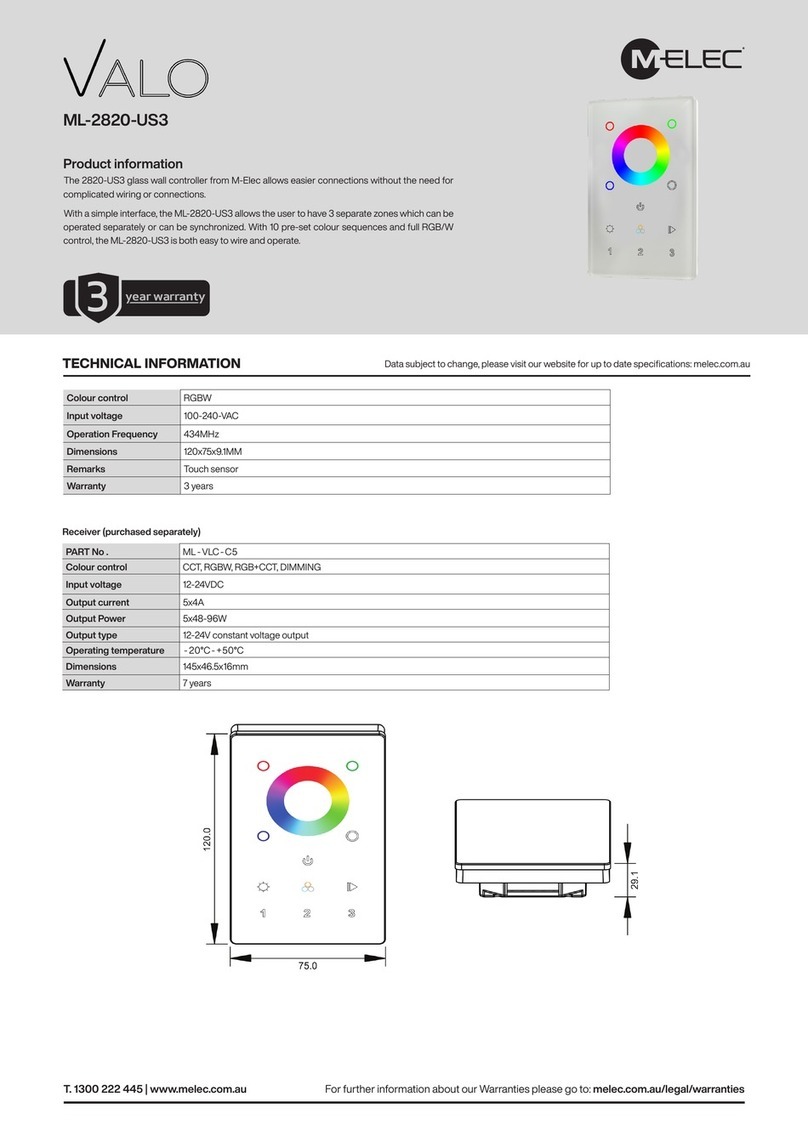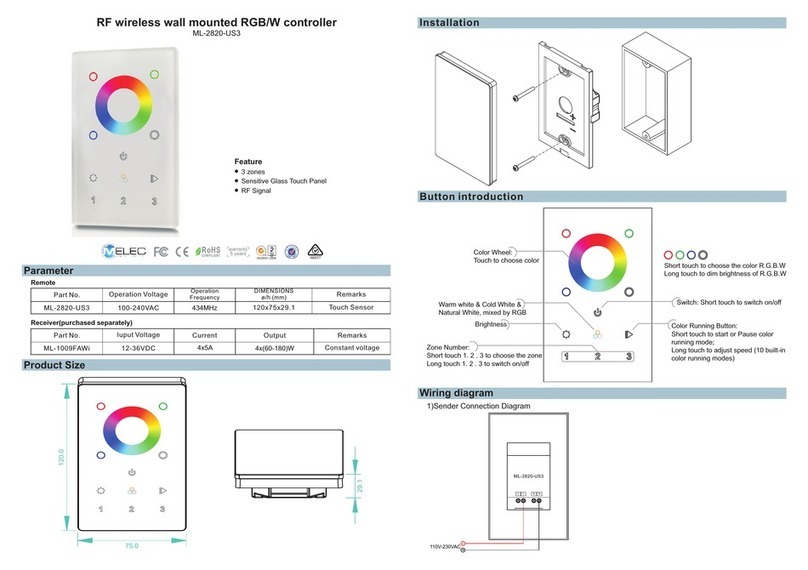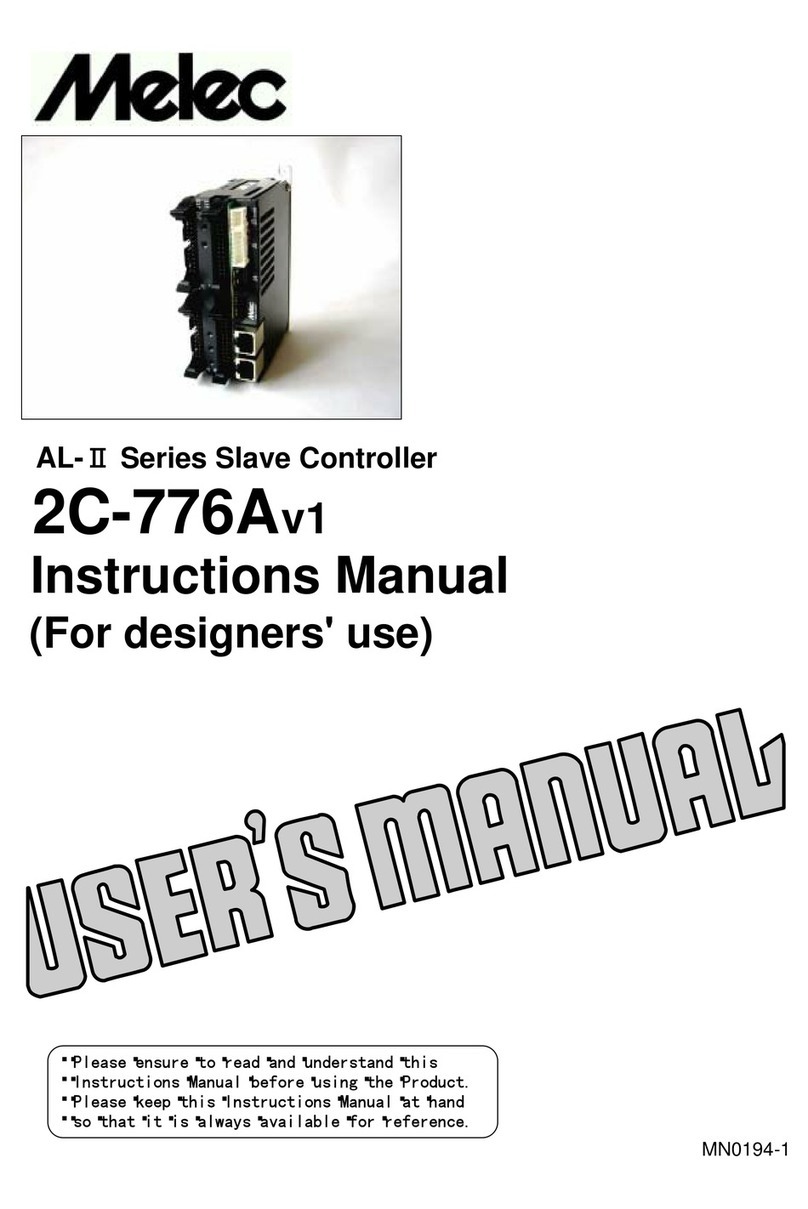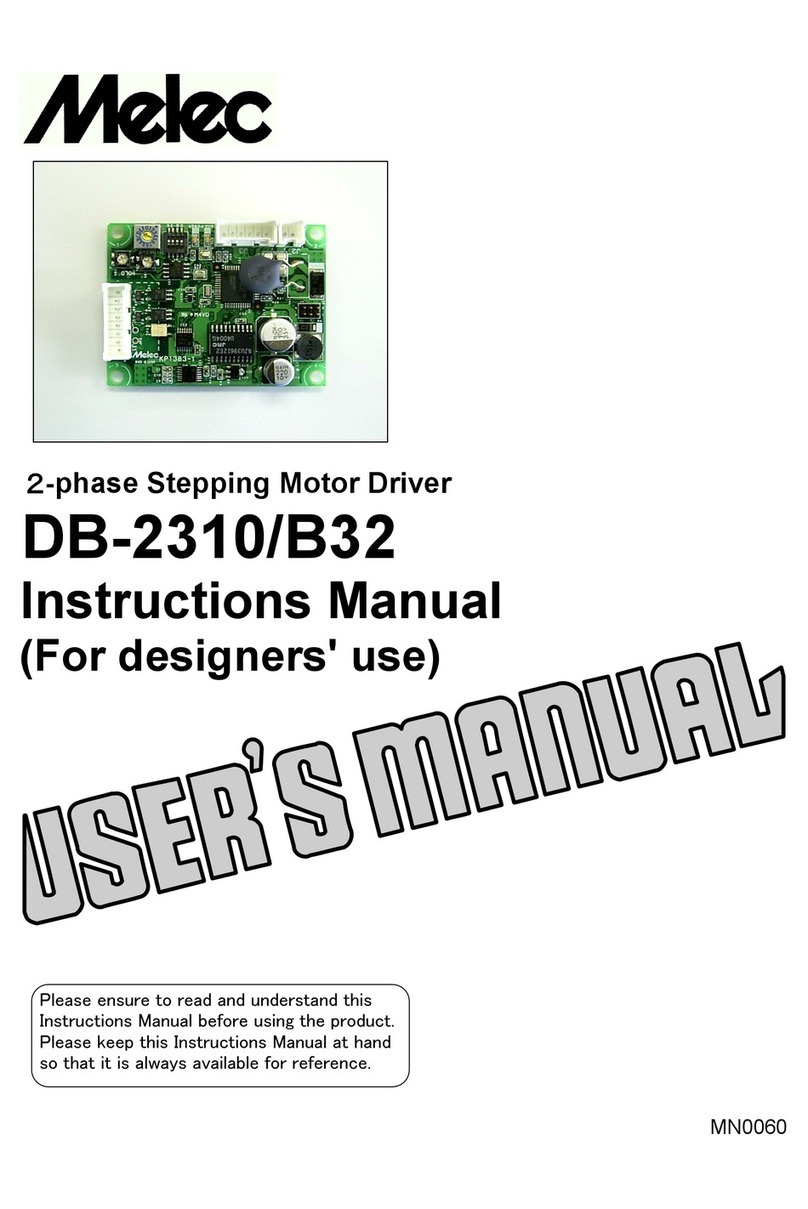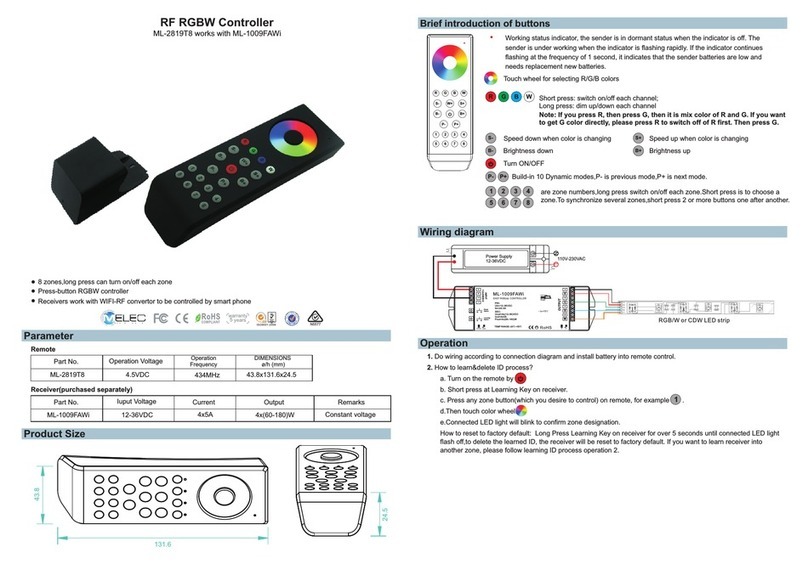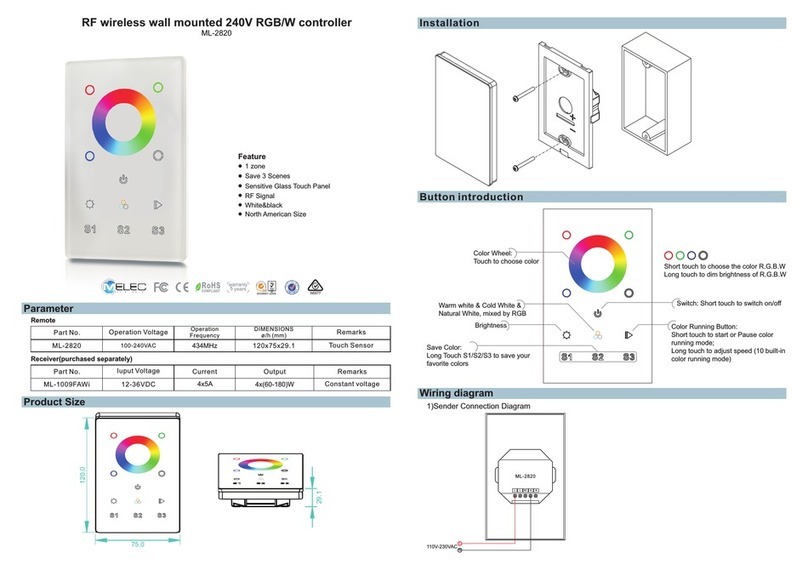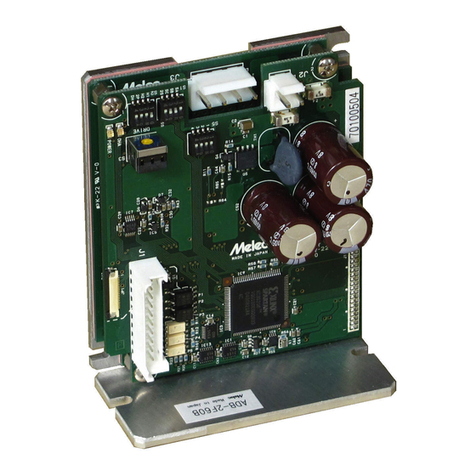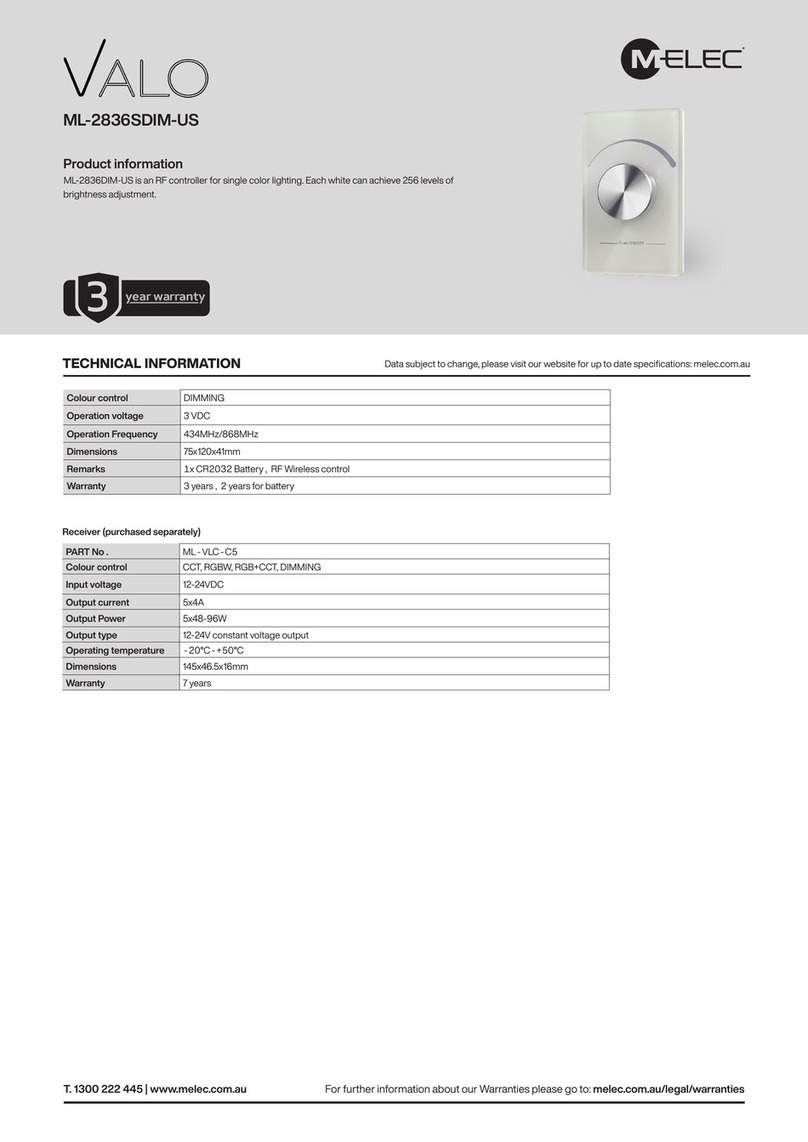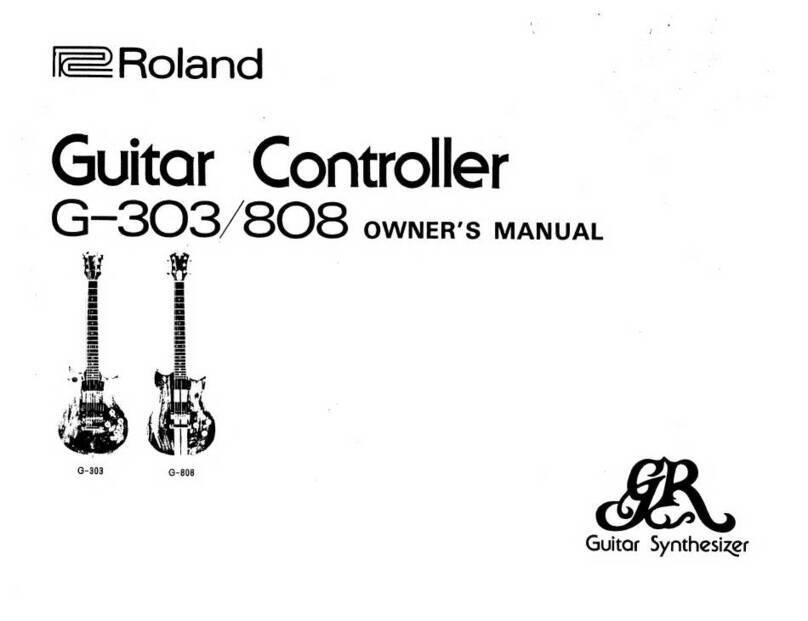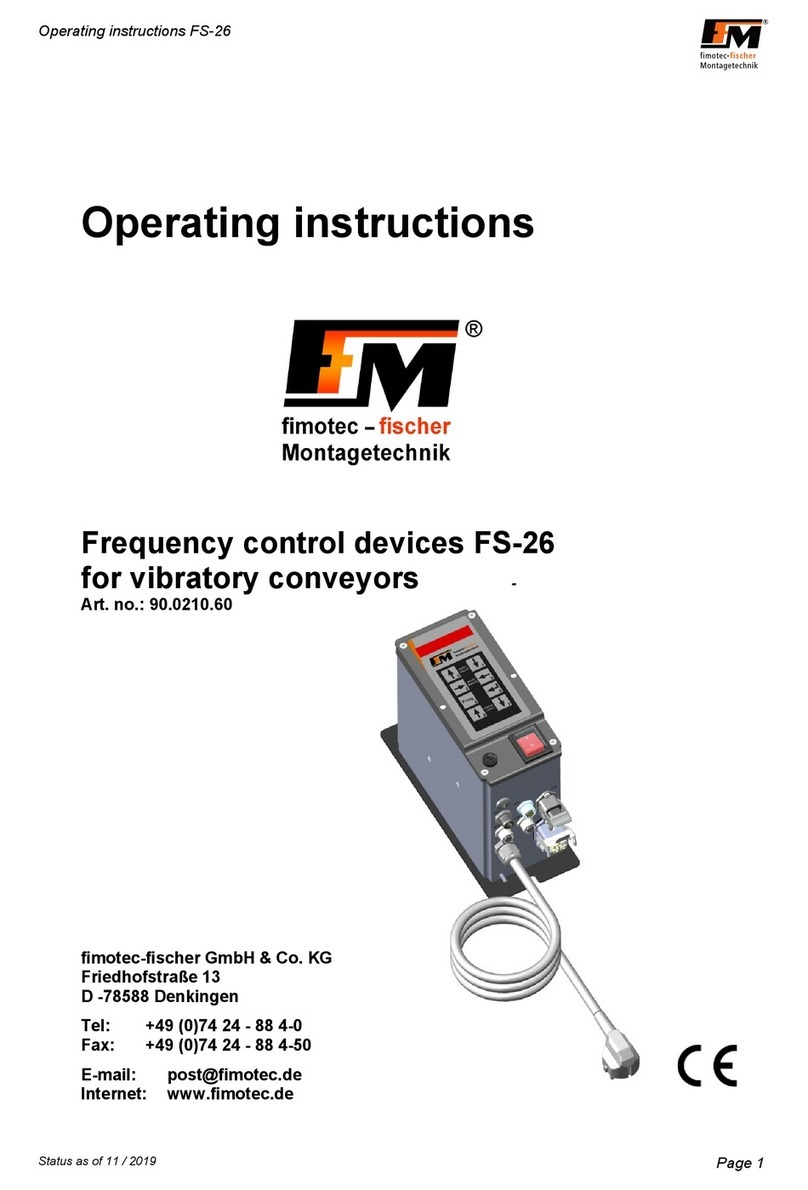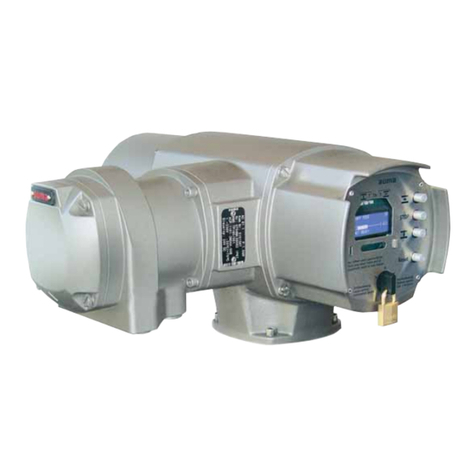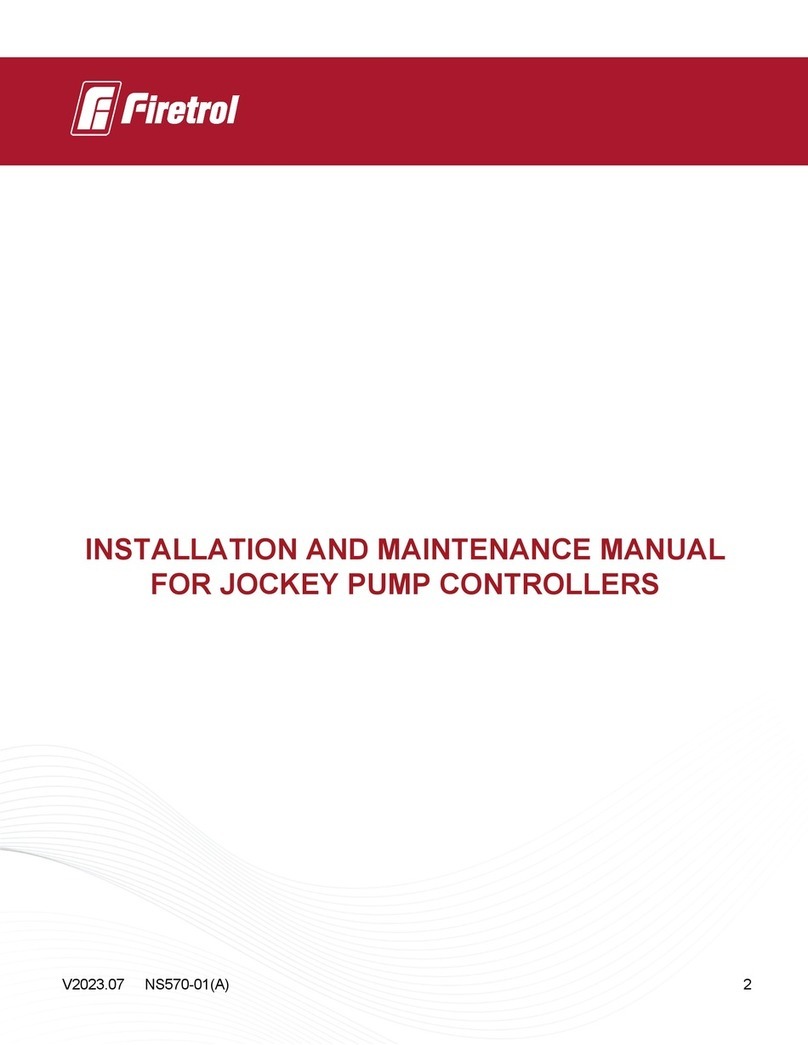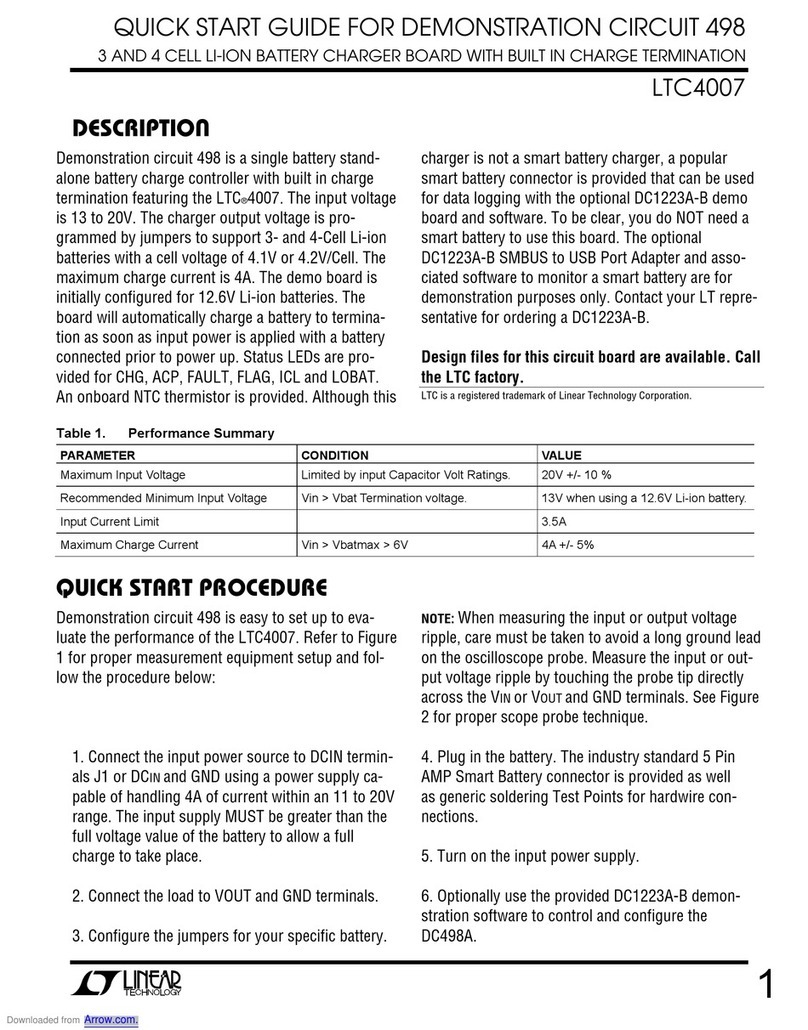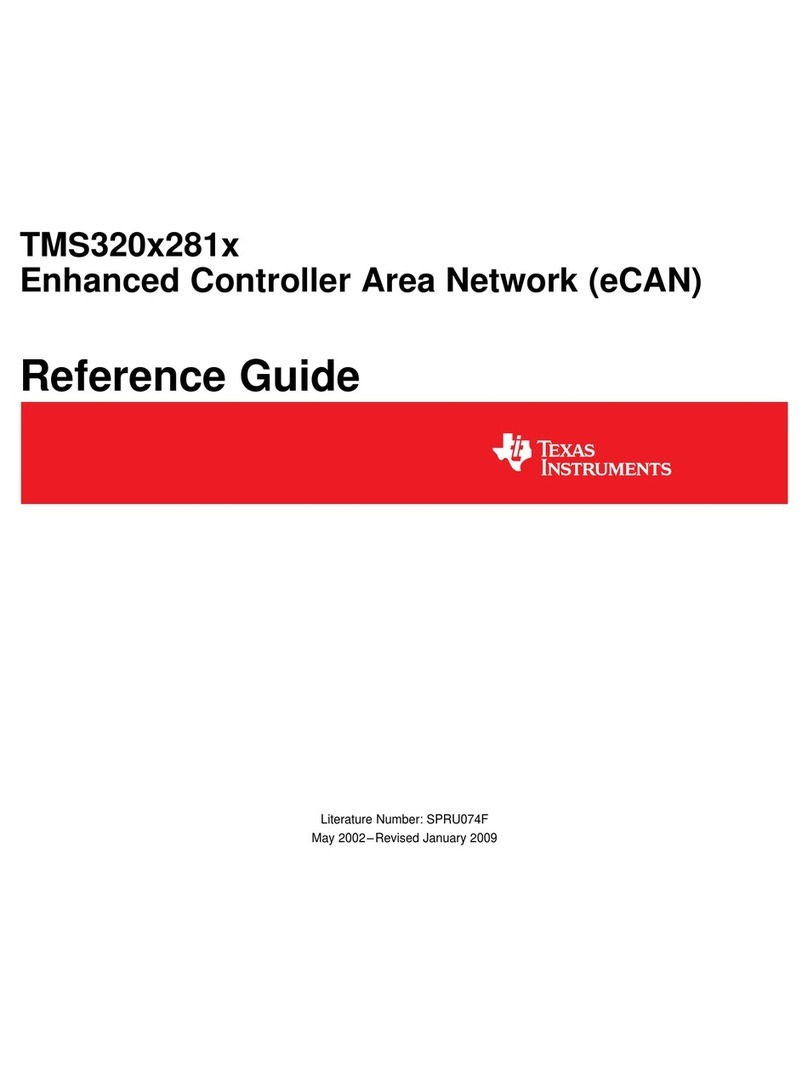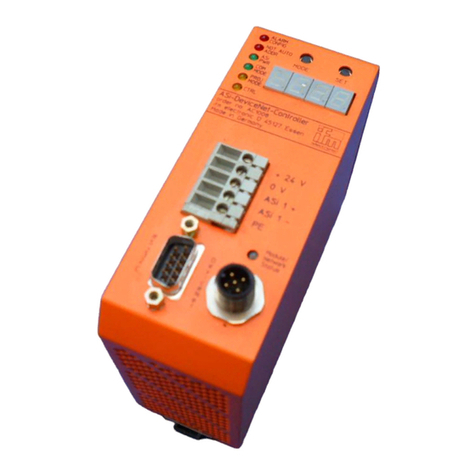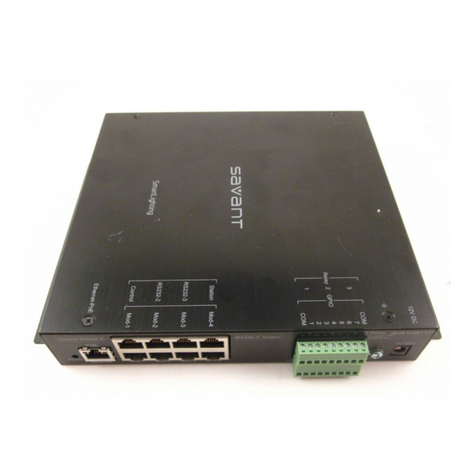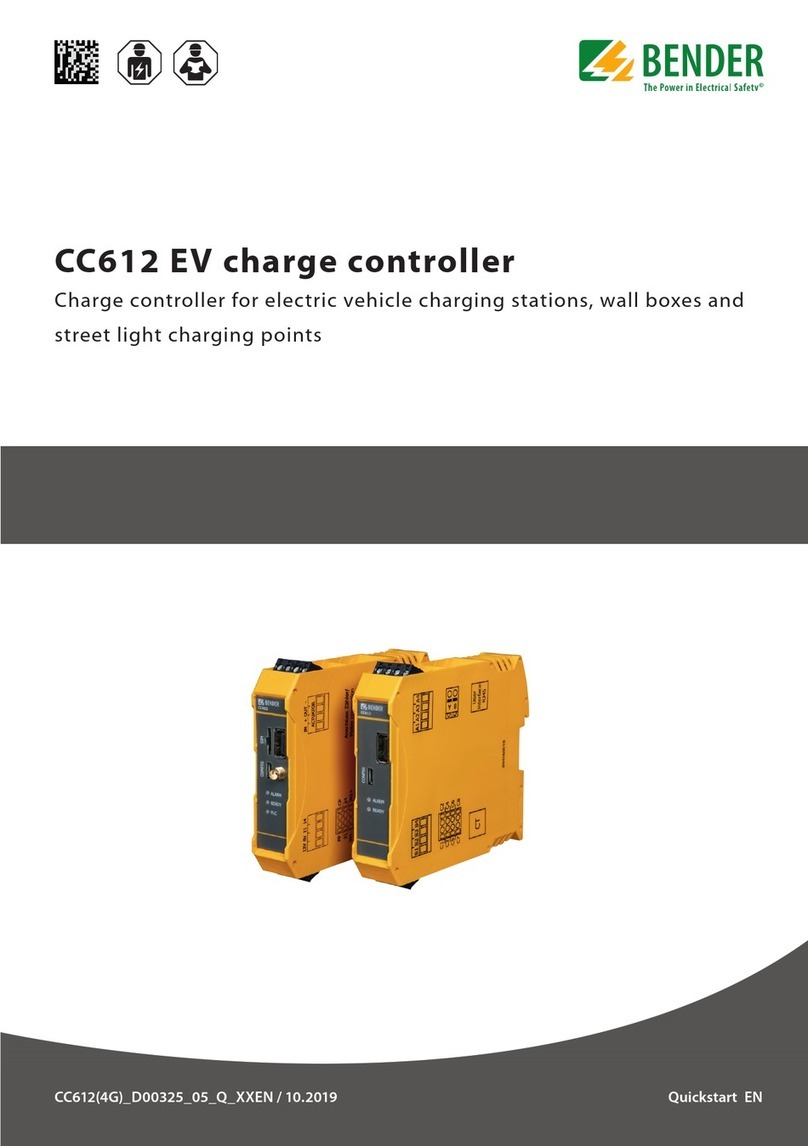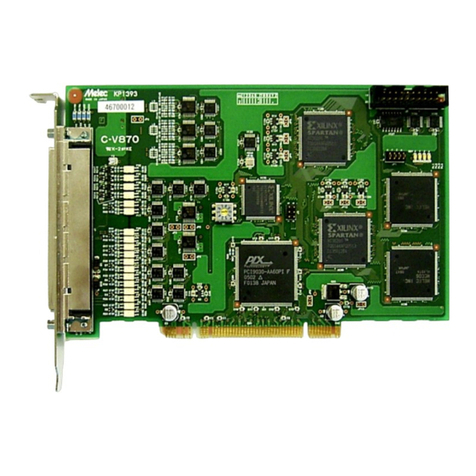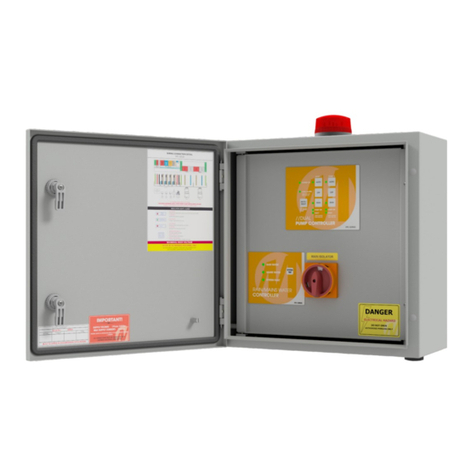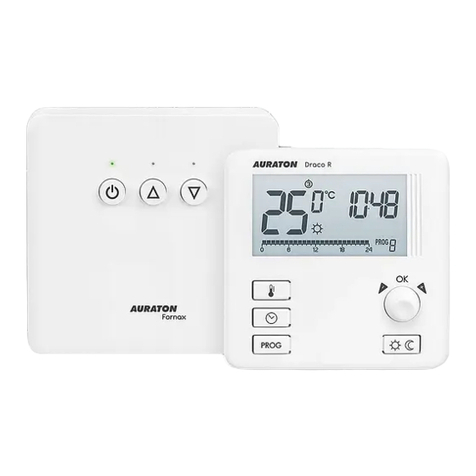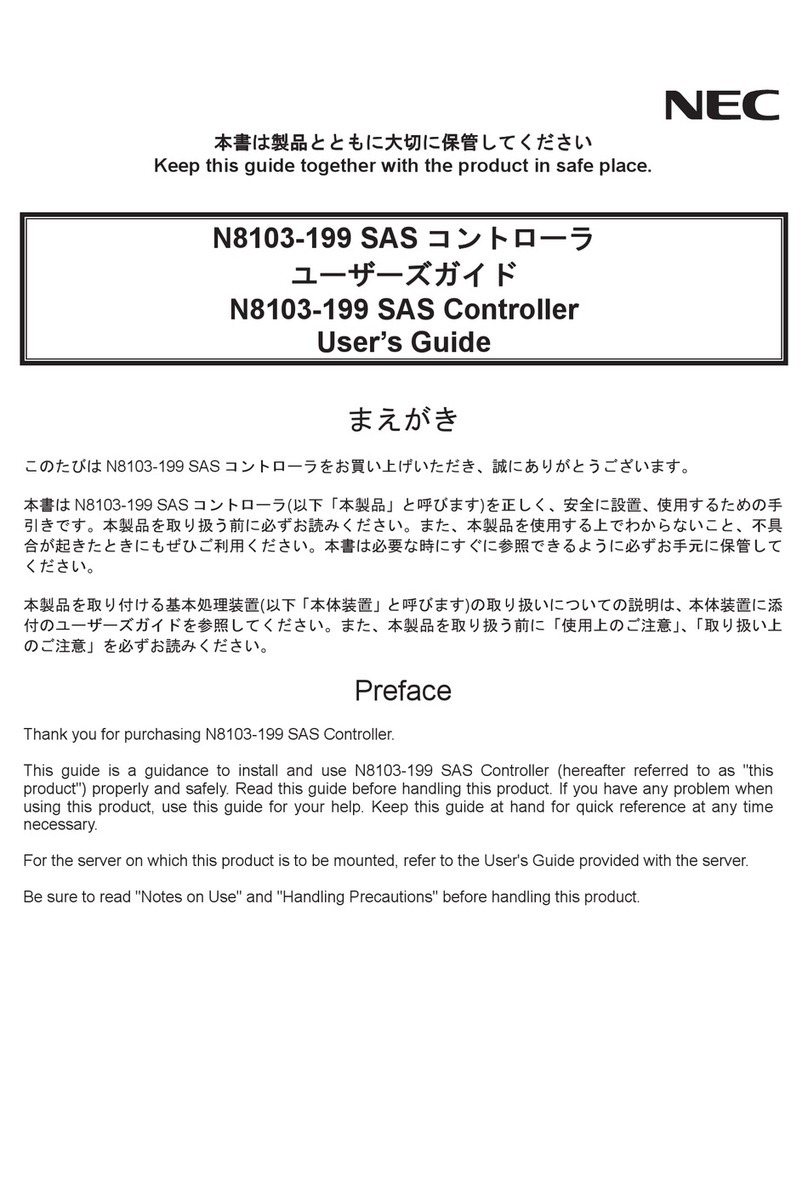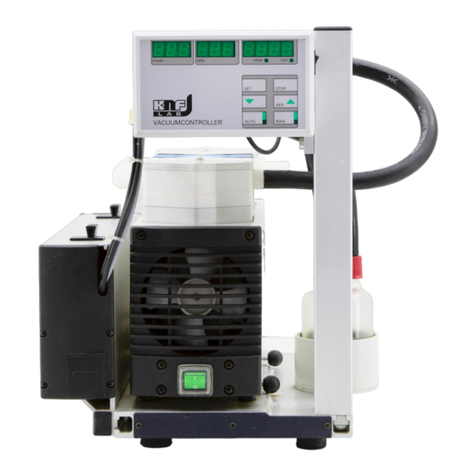
-11-
3-5. Applied Functions
For the C-875, Applied functions are available in addition to the basic functions shown in 3-1. to order
to meet the requirements of various users' specifications.
For the details on these applied functions, refer to the User's Manual [Applied Functions Part].
(1) Applied Drive Functions
SPECIAL SCAN ……The drive is similar to SCAN DRIVE but the speed can be adjusted during the drive.
SPECIAL INDEX……The drive is similar to INDEX DRIVE but the speed can be adjusted during the drive.
SERIAL INDEX ……The drive executes previously set drive patterns continuously without stop.
SPECIAL SERIAL INDEX…SERIAL INDEX DRIVE where a rate can be set for each section.
SENSOR INDEX …Combining the INDEX DRIVE and SENSOR input detection, this drive implements the positioning.
SENSOR SCAN ……DRIVE where SCAN DRIVE and SENSOR input detections are combined to provide positioning.
* The description of "SCAN DRIVE" and "INDEX DRIVE" in this Manual does not include the application DRIVE.
(2) INDEX Change Function During Drive
It enables to change the specified pulse number or the address during the INDEX DRIVE.
(3) RATE Change Function During Drive
It enables to change an acceleration/deceleration time constant during the SCAN DRIVE.
(4) DIFFERENTIAL COUNTER Input Clock Change Function
It enables to change to divide input clocks (MCC05v2 output, or pulse or EA orEBinput)totheDIFFEREN-
TIAL COUNTER. EA and EB are disabled for a controller not capable of accepting external clock input.
(5) DIFFERENTIAL COUNTER Comparator Detecting Condition Select Function
It enables to select detecting method of the DIFFERENTIAL COUNTER comparator1and2from≧,≦or=.
(6) DIFFERENTIAL COUNTER Compare Resistor Setup Switching Function
It enables to select an absolute value or signed value for the comparison made between the DIFFERENTIAL
COUNTER and the COMPARE REGISTER.
(7) Acceleration/Deceleration Time Constant Parameter Setting Function
Acceleration/deceleration time constant can be freely set by parameter.
(8) Speed Data Setting Method Changing Function
Output pulses are generally set in Hz in the Hz setting mode, but it is possible to change this mode to
the reference clock magnification setting mode, in which output pulses are set to any integer times of
the reference clock.
(9) First Output Pulse Width Selecting Function
The width of the first active pulse after drive start can be selected from anyofhalfperiod,
100μs fixed period and 20μs fixed period.
(10)Pulse Output Pattern Changing Function
Pulse output pattern is generally separate between CW and CCW, but this can be changed to the
direction designated output pattern.
(11)Triangular Drive Prevention Function
In order to avoid the triangular drive which starts decelerating without reaching the high speed in the
S-RATE INDEX DRIVE due to shortage of pulse number, this function enables to designate pulse number for
the top constant speed in advance and to secure constant speed operating ranges.
(12)END PULSE Drive Function
In order to reduce damping at the end of the INDEX DRIVE and the S-RATE INDEX DRIVE, this function
enables to make a continuous drive of designated frequency and of designated pulse number after the end of
deceleration up to the low speed.




















